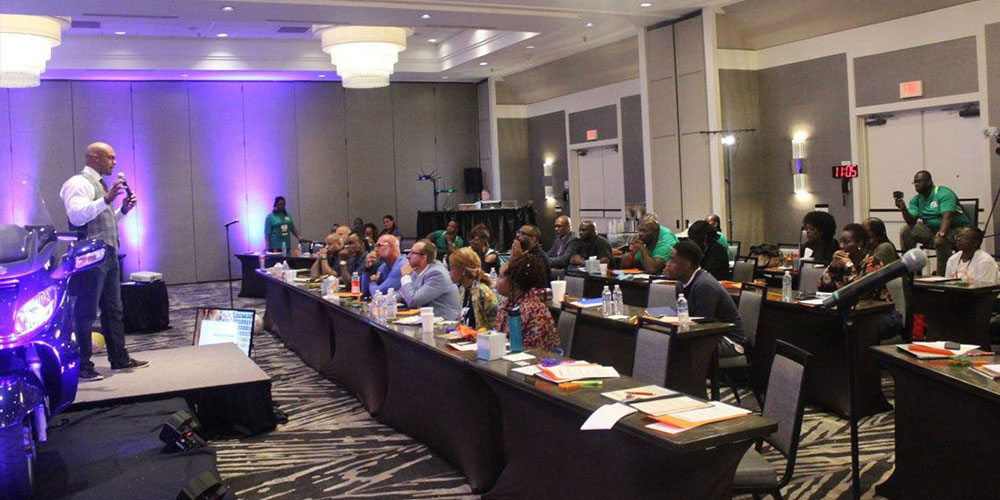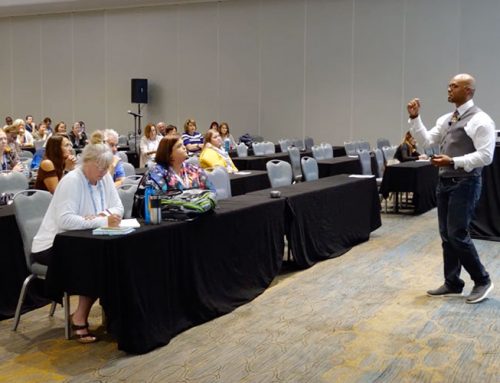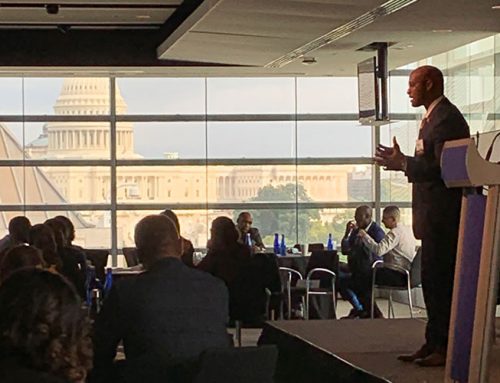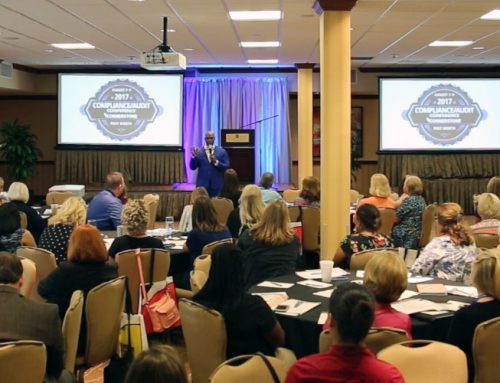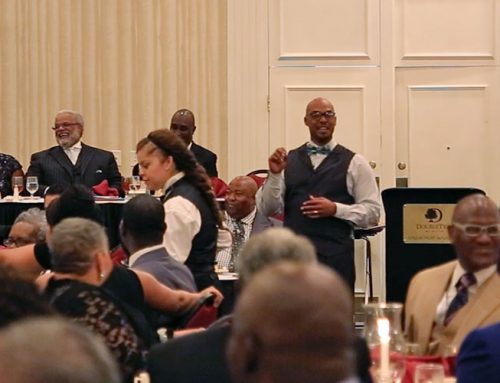Every organization will experience a season where it must reinvent itself. Pressure from shareholders or executive leadership can force an organization to deal with change, but it’s not limited to underperforming or struggling companies. Sometimes organizations at the top of an industry or posting record numbers have to better-their-best and create a new vision of success. And still others are simply forced to do more with less.
Change is inevitable, but if organizations and we as individuals can fine-tune our viewpoint on change, we see the growth opportunities and creative advantages change can bring, and in turn achieve something of greater significance.
In 2010 IBM published a study on executives and CEOs titled Capitalizing on Complexity. The study identified ‘creativity’ as the single most important leadership competency to successfully navigate the complex world market. However, 73% of these executives said they were not confident their company had the talent to be successful with the industry challenges they faced.
This is a dilemma for many industries: The Talent Desert. It is the baron crossroads of a problem: the lack of creative leaders, with no solution in sight. Fortunately, by definition a problem demands a solution. Throughout history the innovative spirit of mankind has discovered the resources and know-how to provide answers to human resource dilemmas.
Here are three components of corporate culture to help any organization identify and develop its most appreciable assets (human resources), maximize its potential and do more with less.
Visionary Leadership: Visionary leaders embrace change and use new ideas and processes to gauge progress. They encourage creative thinking and problem-solving skills in those around them, and have a unique ability to inspire a group towards a larger vision and bring out the best in others.
Steve Jobs once said that the difference between a leader and a follower was innovation. Visionary leadership means having the forethought to see further than others can see, and to have a vision that benefits everyone. When leadership casts a clear and inspiring vision for an organization, followers create a personal vision that fits within the corporate vision. This allows goals to be set, procedures to be drawn up, and innovation to occur so that the job gets done.
To further promote an inspiring corporate culture, look for candidates who not only have displayed this visionary execution in the workplace, but most especially in a volunteer setting. Anyone will follow if their paycheck depends on it, but volunteers will only follow when they believe in one’s vision and integrity as a leader. They are the creative leaders you need and want who know how to do more with less.
A Culture of Diversity: People who don’t look like you certainly may not think like you. And that’s a good thing! The problems of consumers vary as much as people do. There are literally millions of niches for products and services. Having a team of diverse perspective and life experiences can help an organization build a brand that meets the needs of broader range of consumers.
One common obstacle to inclusion and diversity is the belief that those unlike “me,” or whom “I” don’t personally identify with deliver less quality work or are of inferior intellect. This bias is often unconscious and may arise from inherited beliefs towards people of other race, gender, sexual orientation, religion, age or those with disabilities.
Lisa Sherman, CEO of the Ad Counsel, wrote an insightful article titled, “Fostering Diversity is an Inside Job,” (http://snip.ly/yg00i) detailing the benefits of corporate diversity in addressing the needs of the customer of tomorrow. She writes, “When disparate things collide, it causes a spark, and from this spark we can often see disruptive ideas emerge. Diversity is the key.” Creativity thrives in an organization that believes “not one of us is smarter than all of us.”
A Culture of Accountability: A very real, yet invisible barrier exists between departments, supervisors and subordinates. If leaders aren’t keenly aware of this fact it can create an “us vs. them” culture where no one is willing to assume responsibility. A leader’s authenticity is the x-factor that propagates employee accountability and engagement. Authenticity conveys integrity and makes a leader more relatable and trustworthy. It also influences employees to stretch to accomplish higher goals because they buy into the leader and want to perform to make them look good.
A culture of accountability fosters an expectation of high-performance across an organization. Individual growth and mentorship naturally ensues within the team to uphold a standard of excellence. This positive peer-pressure allows creative leaders to emerge which generates a dynamic synergy that drives the organization to accomplish more with less resources.
My experience in the C-suite has taught me that creative problem solvers who exhibit leadership qualities are invaluable to an organization. They are rare, but if organizations use these guiding principles to develop corporate culture, it will create an atmosphere that promotes creativity and a rewarding work experience where people want to stay and grow into leaders.

